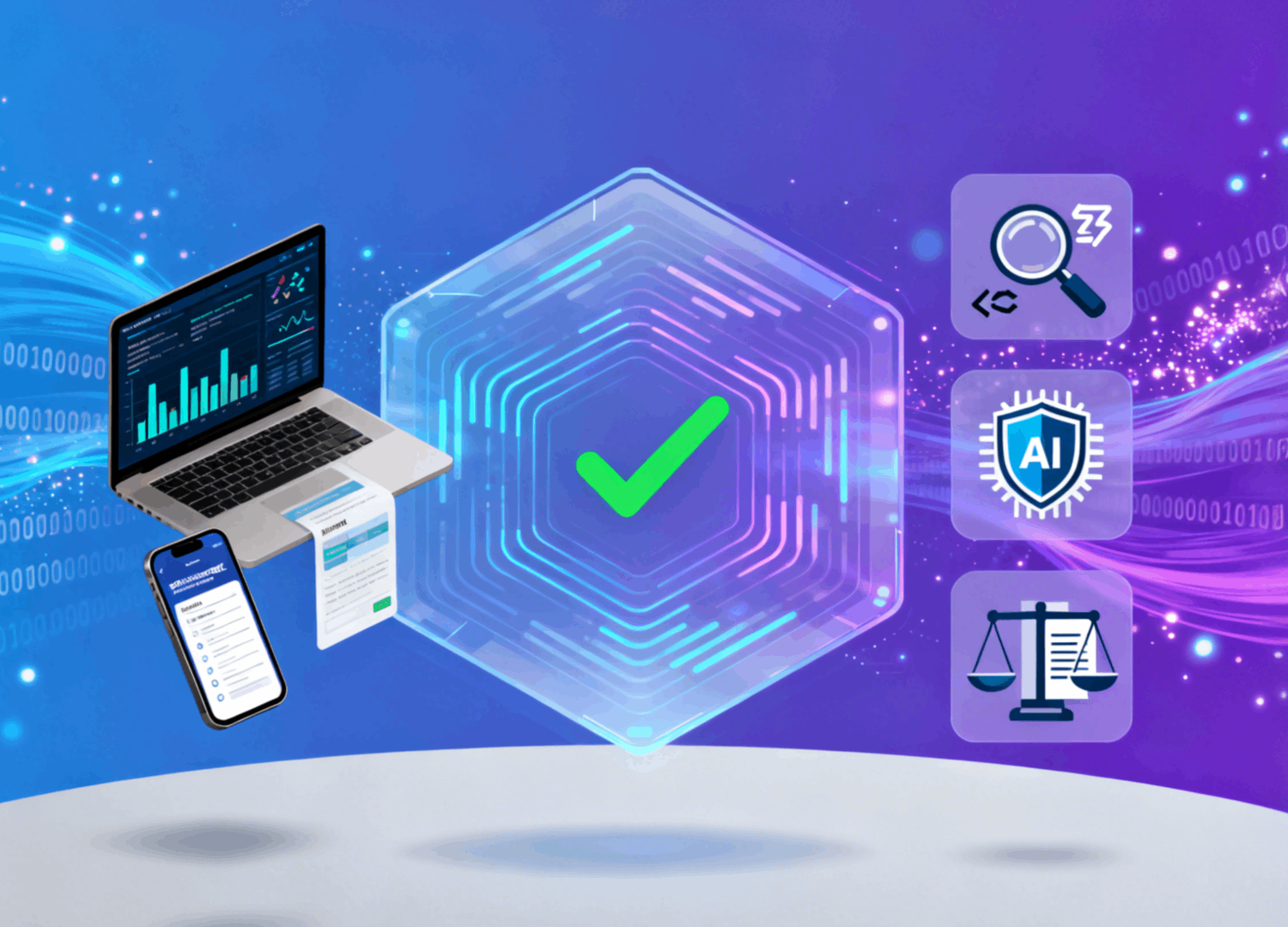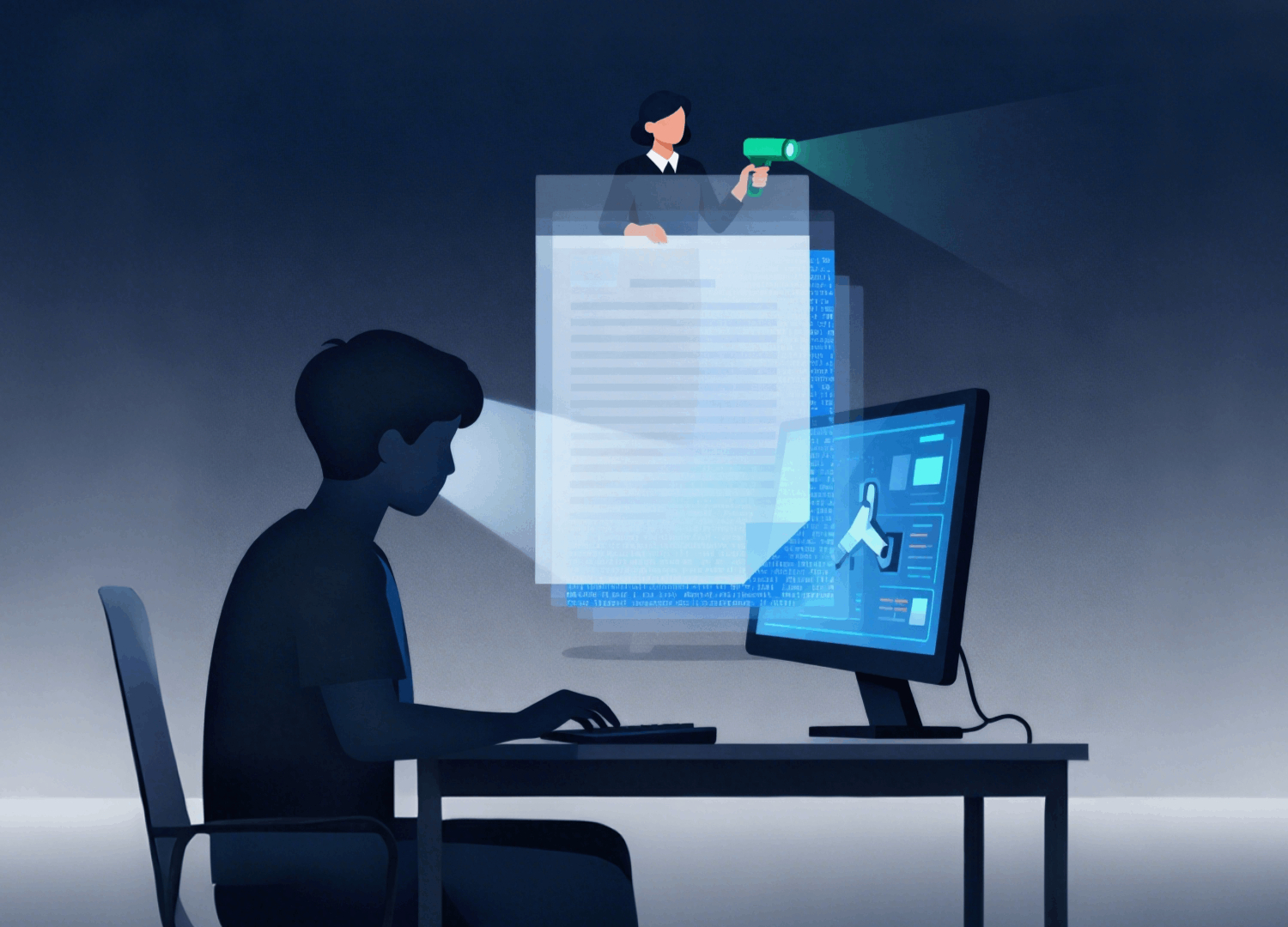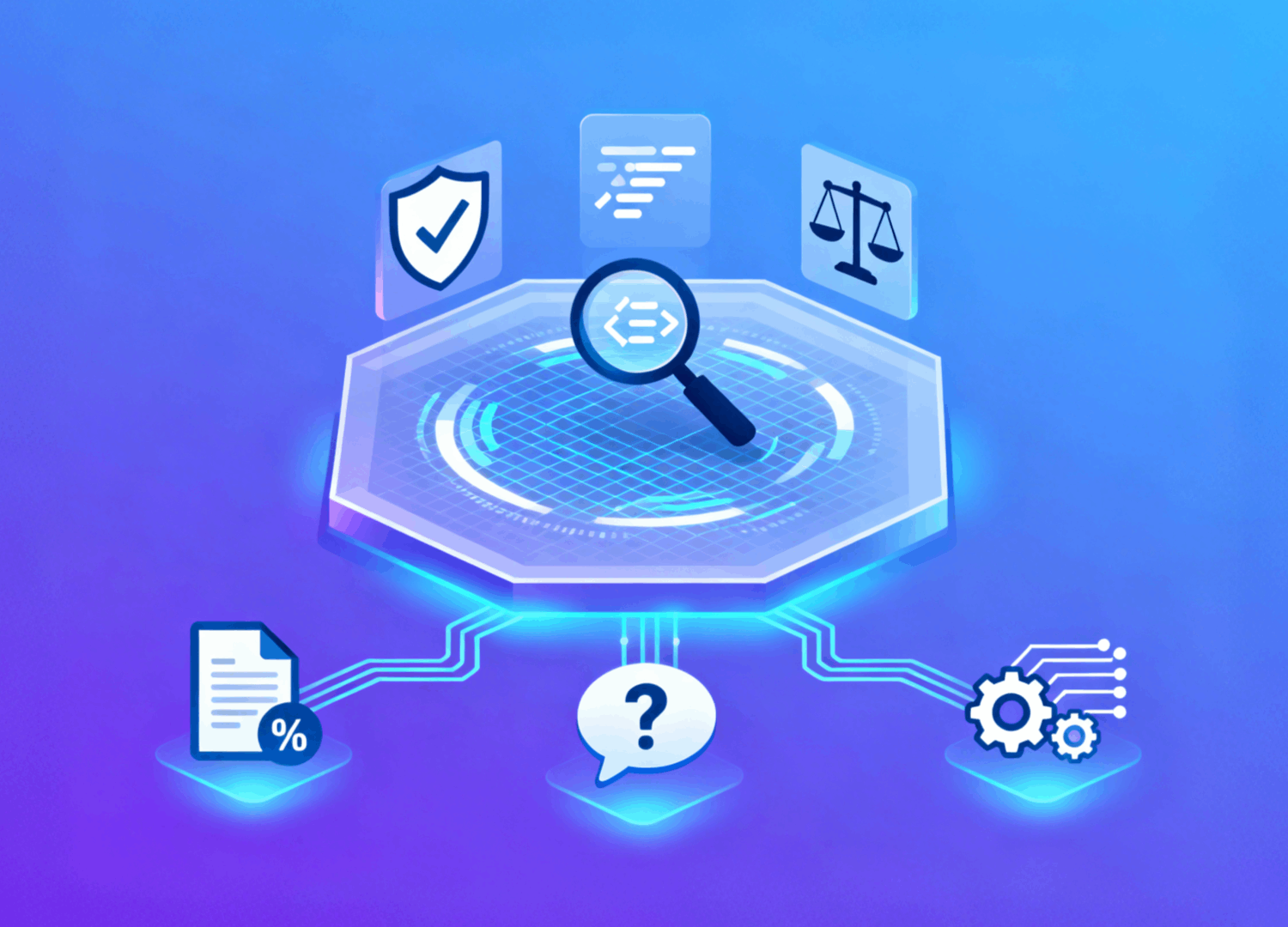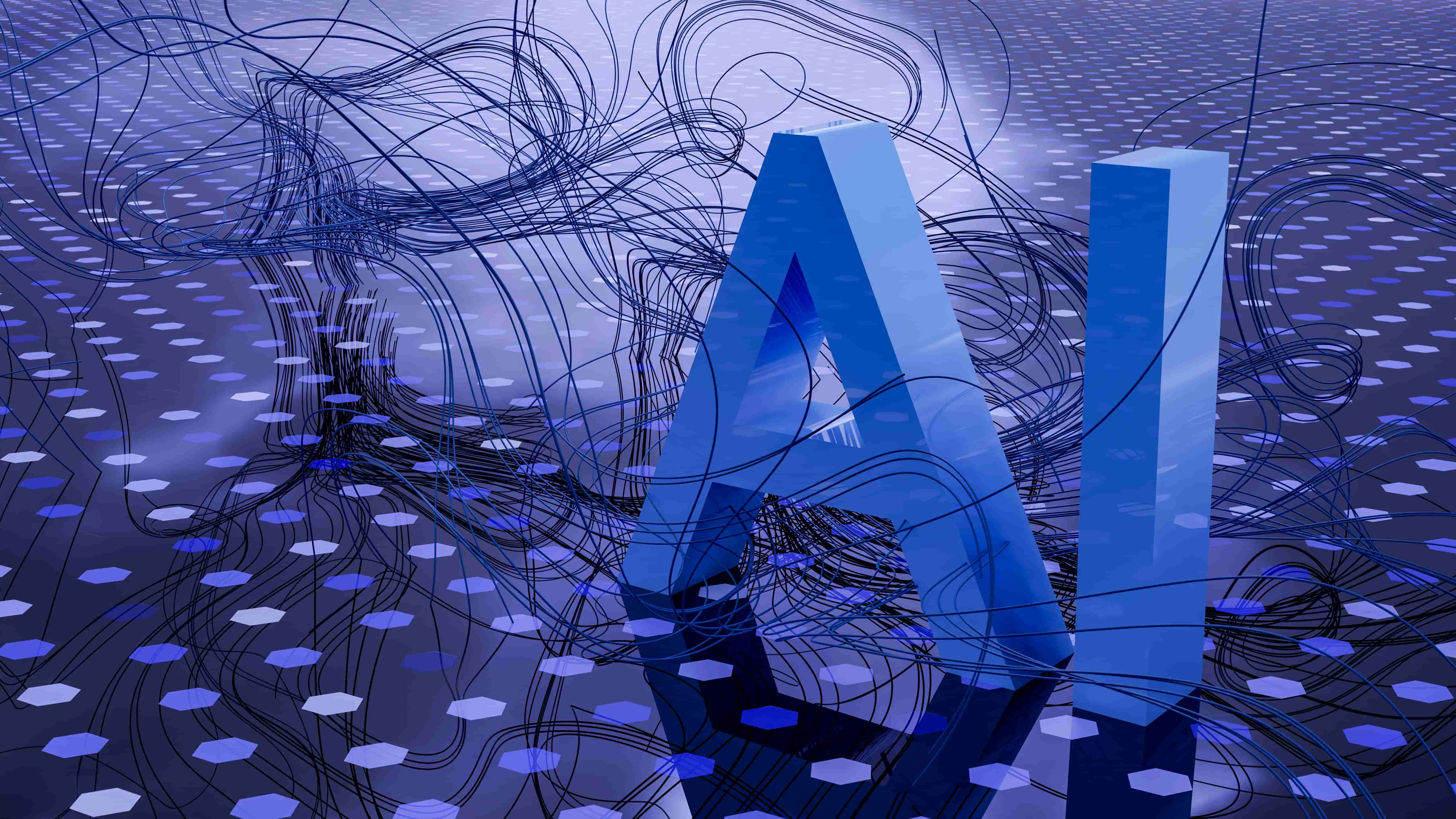
Top AI Content Detectors: Essential Tools for 2025
With the proliferation of AI-generated content, tools like AI Content Detector, AI Checker, and Chat...
As artificial intelligence tools like ChatGPT and other generative AI platforms become increasingly accessible, educators and institutions are asking critical questions about academic integrity. One of the most common concerns is: does Canvas have AI detection? If you're a student, educator, or administrator using Canvas Learning Management System (LMS), understanding how Canvas handles AI-generated content is essential for maintaining academic honesty and avoiding potential issues.
In this comprehensive guide, we'll explore whether Canvas has AI detection capabilities, how it works, what tools are integrated into the platform, and what you need to know to navigate this evolving landscape responsibly.
Canvas is one of the most widely used Learning Management Systems globally, serving millions of students and educators across K-12 schools, colleges, and universities. It provides a centralized platform for course management, assignment submission, grading, and communication between instructors and students.
The straightforward answer is that Canvas itself does not have native AI detection technology built directly into its core platform. However, Canvas integrates with several third-party tools and services that specialize in detecting AI-generated content and maintaining academic integrity.
Canvas has partnered with established plagiarism detection services that have evolved to include AI detection capabilities. The most notable integration is with Turnitin, which has developed AI writing detection features specifically designed to identify content generated by AI tools like ChatGPT, GPT-4, and other language models.
Turnitin, the leading plagiarism detection service integrated with Canvas, launched its AI writing detection capability in April 2023. This tool analyzes submitted assignments to determine whether the content was likely generated by AI. Here's how it works:
Beyond Turnitin, several other AI detection tools can work alongside Canvas:
While these tools may not be directly integrated into Canvas, instructors can use them independently to check submissions downloaded from the platform.
Understanding what Canvas AI detection tools look for can help students avoid unintentional flags. AI detection systems typically identify:
It's important to note that AI detection is not perfect. Some legitimate student work may be flagged due to:

If you're wondering whether Canvas has AI detection and how to ensure your work isn't flagged, follow these best practices:
Different educational institutions have varying policies regarding AI usage. Some completely prohibit AI-generated content, while others allow it for specific purposes like brainstorming or research. Always:
When instructors enable AI detection in Canvas through integrated tools, they receive:
Most institutions don't automatically penalize students based solely on AI detection scores. Instead, instructors typically:

As AI writing tools become more sophisticated, Canvas AI detection capabilities will continue to evolve. Future developments may include:
The educational community continues to debate how to approach AI in academia. Rather than simply detecting and punishing AI use, many institutions are:
So, does Canvas have AI detection? While Canvas itself doesn't have built-in AI detection technology, it integrates seamlessly with powerful third-party tools like Turnitin that can identify AI-generated content with increasing accuracy. As AI technology continues to advance, so too will the methods for detecting its use in academic settings.
For students, the key takeaway is to approach your academic work with integrity, understand your institution's policies regarding AI, and focus on developing authentic writing that reflects your own learning and critical thinking. For educators, leveraging Canvas AI detection tools thoughtfully—as part of a broader strategy for maintaining academic integrity rather than as a punitive measure—will be essential.
The relationship between AI technology and education is still evolving, and Canvas will undoubtedly continue to adapt its capabilities to meet the needs of educators and maintain academic standards. By staying informed and approaching AI tools responsibly, both students and instructors can navigate this new landscape successfully.
Canvas itself does not have native AI detection capabilities without third-party integrations. However, instructors can use external AI detection tools like GPTZero, Originality.AI, or Copyleaks to analyze submissions downloaded from Canvas. The platform's primary AI detection capability comes through its integration with Turnitin's AI writing detection feature.
If your submission is flagged by Canvas AI detection tools, your instructor will typically review the flagged content manually before taking any action. They may contact you to discuss the submission, ask you to explain your writing process, request to see drafts or notes, or give you an opportunity to revise the work. Penalties vary by institution and can range from a warning to academic integrity violations, depending on your school's policies and the severity of the issue.
Using AI tools for research depends entirely on your instructor's and institution's policies. Many educators allow AI for brainstorming, research assistance, or understanding complex concepts, but prohibit using AI to write assignments directly. Always check your course syllabus and ask your instructor about their specific AI usage policy. If AI tools are permitted for certain purposes, document how you used them and be transparent about your process.
AI detection tools integrated with Canvas, such as Turnitin's AI detection feature, claim accuracy rates of 98% or higher for identifying AI-generated content. However, these tools can produce false positives, flagging legitimate student work, and false negatives, missing some AI-generated content. The accuracy continues to improve as detection algorithms evolve, but no system is perfect. This is why most institutions use AI detection as one tool among many for assessing academic integrity, rather than relying on it exclusively.

With the proliferation of AI-generated content, tools like AI Content Detector, AI Checker, and Chat...

With the popularity of AI writing tools, more and more students are using ChatGPT to generate essays

AI detection technology has become increasingly crucial in our digital landscape, where the line bet...

This article explores the rise of free AI detectors, their accuracy limits, and how they help identi...

As artificial intelligence continues to revolutionize content creation, the need to distinguish betw...